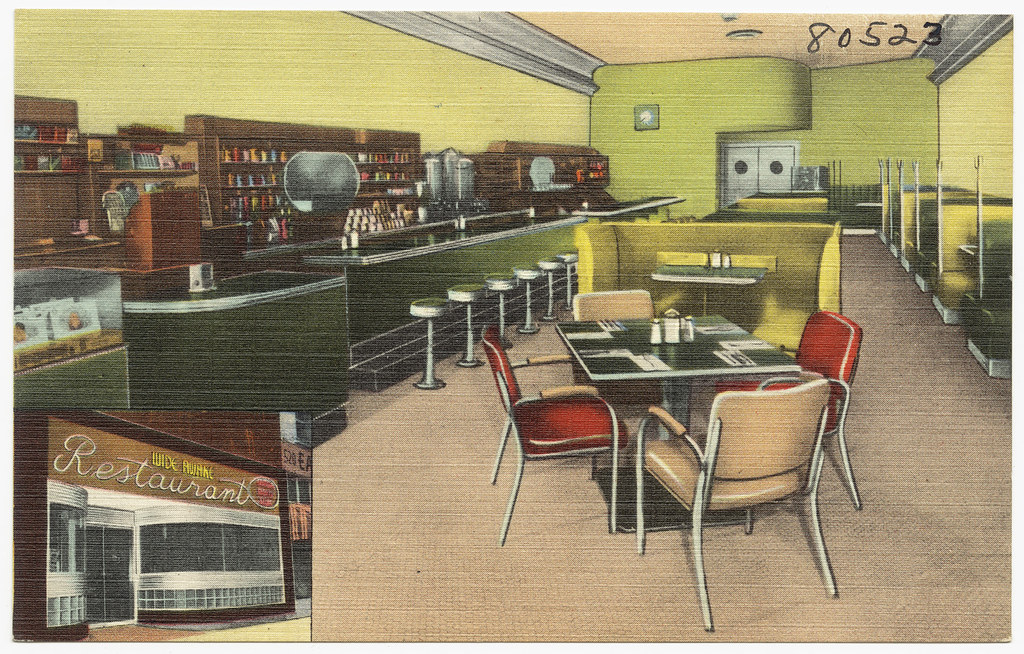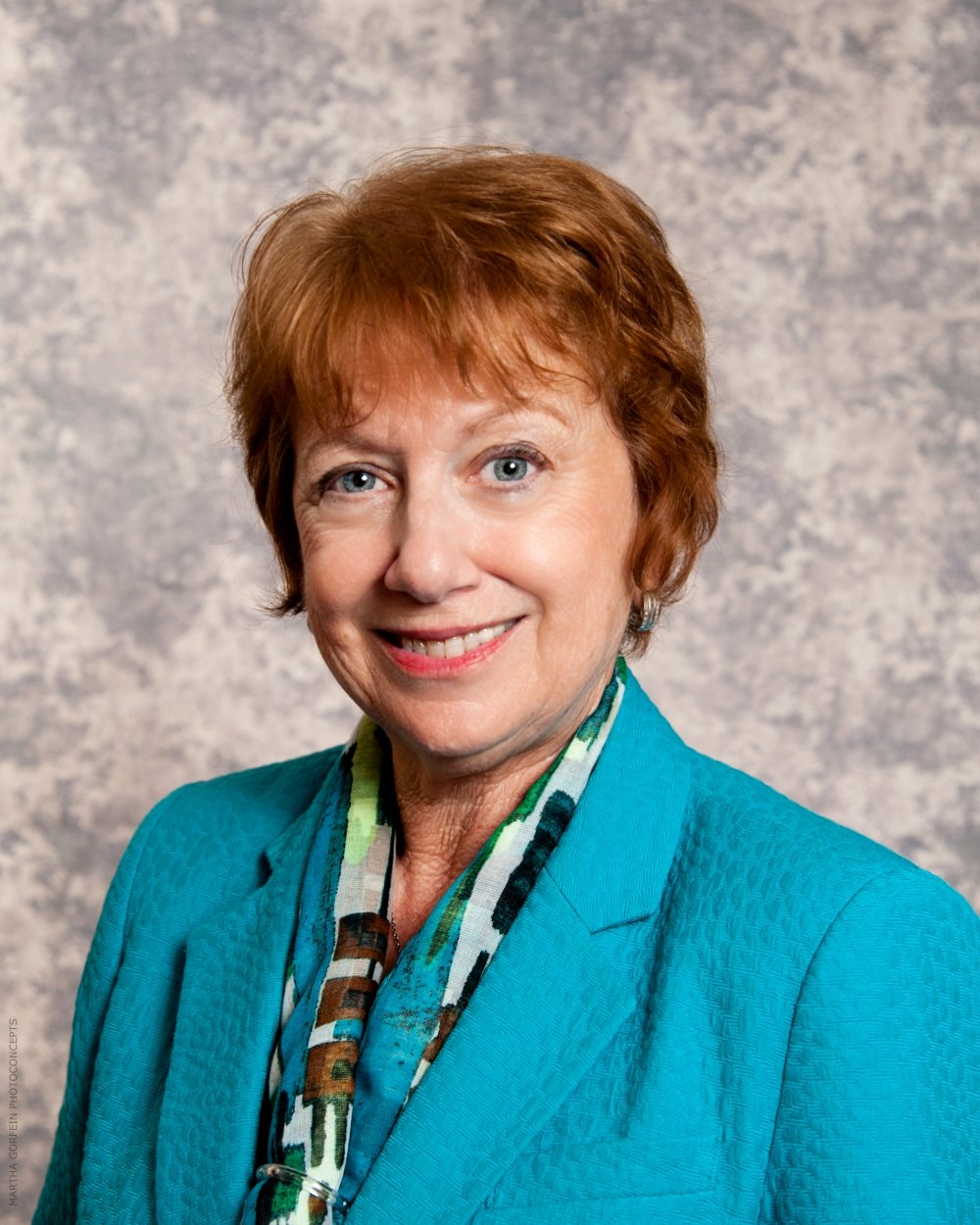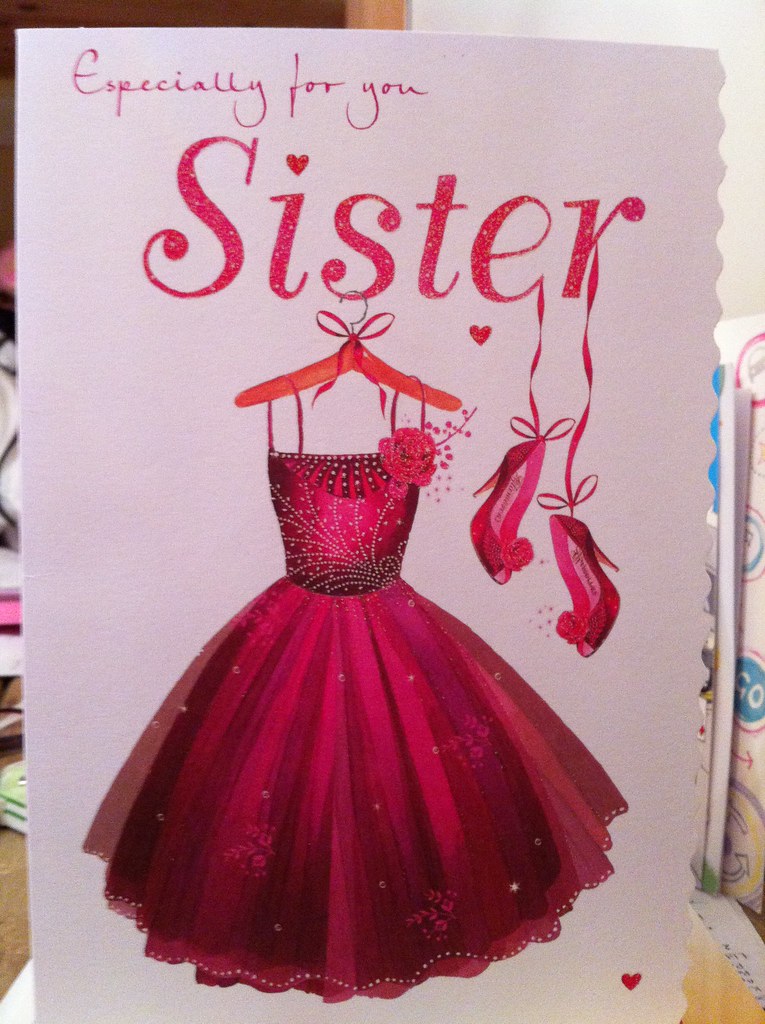In a career marked by relentless curiosity, a distinctive narrative voice, and an unwavering commitment to storytelling, Carol Saline, a celebrated journalist and author, orchestrated her final, most personal scoop: her own obituary. At 86, facing the advanced stages of acute myeloid leukemia, Ms. Saline reached out to the obituaries desks of prestigious news organizations, including The New York Times and The Philadelphia Inquirer. Her intention was clear and profoundly characteristic: to craft her own concluding narrative, ensuring her life’s story was told with the same precision and insight she had applied to countless others. This extraordinary act underscores a life lived with a singular blend of professional rigor and vibrant personal expression.
Her decision to proactively engage with reporters about her imminent death was, as a former colleague Stephen Fried observed, akin to being “at her own wake.” It was a final, emphatic assertion of agency, a desire not merely to be remembered, but to guide the remembering. This approach resonated deeply with those who knew her, acknowledging her tenacity in an often-challenging profession. It also provided a unique window into the mind of a woman who approached even her mortality with a journalist’s detachment and a humanist’s warmth.
Ms. Saline’s journey, culminating in this self-directed valediction, offers a compelling tableau of a life richly lived and profoundly examined. From her battles against professional sexism to her prolific output across various media, her story is one of resilience, innovation, and an enduring quest for connection. The following exploration delves into the defining facets of her remarkable life, beginning with her pioneering approach to her own farewell and tracing the path of a distinguished career.

1. **Her Final Byline: A Journalist Reports Her Own Death**In mid-June, at the age of 86, Carol Saline composed an email to the obituaries desk of The New York Times, announcing what she termed her own “scoop.” She detailed her condition, complications of acute myeloid leukemia, and her imminent entry into hospice care, anticipating she would be “gone in three to four weeks.” This direct communication was not an act of surrender, but a final, potent expression of her journalistic identity.
Ms. Saline, living in Philadelphia, articulated her availability for an interview, treating her own passing as she would any significant news event deserving of meticulous reporting. She drew a parallel to the coverage received by her collaborator, the photographer Sharon J. Wohlmuth, upon her death in 2022, subtly asserting her place within the journalistic pantheon. Her request was a testament to a career built on controlling narratives and delivering impactful stories, even when the subject was herself.
This proactive stance provided an unprecedented opportunity for introspection, allowing Ms. Saline to reflect on her life while still lucid and vibrant. Her ability to discuss her terminal illness with a journalist’s detachment, as evidenced in her conversation about how she would die from an infection, showcased a remarkable composure. It was a final lesson in the art of reporting, demonstrating that even the most personal experiences can be distilled through the lens of objective inquiry, imbued with a profound human element.

2. **”At Her Own Wake”: The Farewell Narrative Unfolds**The concept of being present for one’s own remembrance, often a wistful thought, became a tangible reality for Carol Saline. Stephen Fried, a long-time friend and colleague from Philadelphia magazine, eloquently captured this sentiment, stating, “Everybody hopes they can be at their own wake. And, digitally, Carol right now is at her own wake.” This observation highlights the unique, almost performative aspect of her final act of storytelling.
Beyond The New York Times, Ms. Saline also contacted The Philadelphia Inquirer, requesting an article about her pending death specifically to spare her family the burden of preparing an obituary. This thoughtful gesture underscored her deep consideration for her loved ones, even as she navigated her own mortality. It was a practical application of her professional skills, turning a personal tragedy into a well-managed public narrative.
Vicki Glembocki, another former colleague, recognized the quintessential Carol Saline signature in this final project. She lauded Ms. Saline for telling her own story in “the most Carol Saline way possible,” emphasizing her consistent drive to be “heard” and “seen.” This dedication to her own voice, even at life’s end, solidifies her legacy as a journalist who truly embodied her craft. It illustrates a desire to manage her narrative, not out of vanity, but out of a deep-seated belief in the power and importance of a well-told story.

3. **A Life’s Exclamation: Champagne, Balloons, and a “Great Ride”**Carol Saline’s approach to her impending death was infused with the same vibrant zest for life that defined her existence. She famously expressed her wish to die “with a glass of champagne in one hand and a balloon in the other, singing off key, ‘Whoopee, this has been one hell of a great ride.’” This vivid imagery encapsulates her spirited, celebratory nature and her refusal to approach the end with solemnity or regret.
Her candid discussions about her illness, acute myeloid leukemia, were marked by a striking journalistic detachment. She recounted asking her oncologist about her manner of death, recalling the explanation that lowered resistance would lead to an infection she couldn’t fight. When a fungal infection subsequently took hold, she ceased medication that made her sick, instead relying on blood and platelet transfusions to maintain a quality of life, humorously remarking, “Like a vampire, it renews me.”
This blend of pragmatism, wit, and a clear-eyed acceptance of her condition defined her final weeks. Her husband, Paul Rathblott, attested to her unwavering spirit, noting, “She was not afraid. She lived as fully as possible and was grateful until the very end.” This testimony speaks to a philosophy of embracing every moment, even the final ones, with an unyielding gratitude and a characteristic flourish.
The phrase “Whoopee, this has been one hell of a great ride!” serves as more than just a lighthearted quip; it is a profound summation of a life rich with experiences, accomplishments, and connections. It suggests a journey fully embraced, with its highs and lows, all contributing to a tapestry she viewed with satisfaction. This celebratory outlook on mortality is a powerful closing statement from a woman who always knew how to make an impact.
Her attitude reflected a deep understanding of life’s transient nature, transformed by her own agency into a final, memorable performance. It wasn’t about denying death, but about framing it as the natural, albeit bittersweet, conclusion to an extraordinary adventure. This perspective offers a poignant reflection on how to navigate the inevitable with grace, humor, and an enduring sense of self.

4. **The Formative Years: Birthdays, Beginnings, and a Penchant for Parties**Born Carol Sue Auerbach, her early life in Philadelphia and Camden, N.J., held its own unique narratives. A curious discovery late in life revealed her actual birthdate was May 17, 1939, not May 19 as she had believed for years. This led to a period where she celebrated two birthdays within three days, a quirky detail that hints at her future zest for life and penchant for grand gestures. Her father, Carl Auerbach, was a lawyer, and her mother, Gertrude (Feld) Auerbach, managed the household.
Ms. Saline became renowned for her lavish parties, an early indicator of her desire to celebrate life and foster community. Missing her high school prom inspired her to throw a belated senior prom for her 50th birthday, complete with era-appropriate attire and music. Another memorable instance involved hosting a party to celebrate a friend’s breast-reduction surgery, showcasing her unique blend of empathy and lightheartedness. These events illustrate a personality that sought joy and connection, transforming ordinary occasions into memorable experiences.
Her intellectual foundation was laid at Syracuse University, where she graduated in 1961 with a bachelor’s degree in English and journalism. This dual degree provided the bedrock for her distinguished career, blending analytical thought with the craft of storytelling. Her academic excellence was further recognized by her membership in the Phi Beta Kappa academic honor society, signaling her intellectual rigor from an early stage.
Even in her formative years, Ms. Saline’s character traits—her humor, her meticulousness (even in discovering her own birthdate), and her social spirit—were evident. These elements converged to shape a journalist who was not only skilled in her craft but also deeply connected to the human experience, always finding a story in the details of life. Her early experiences undoubtedly contributed to her later success as a writer and public figure.

5. **Challenging the “Boys Club”: A Career Forged in Resilience**Carol Saline began her tenure as a senior writer at Philadelphia magazine in 1974, a position she held for more than 30 years. Her career trajectory, however, was not without significant hurdles, particularly concerning the prevailing sexism of the era. Stephen Fried, a colleague, recalled a period when Ms. Saline was asked to take no salary, based on the assumption that because she was married, “she didn’t need the money like the men.”
Ms. Saline’s response to this blatant gender-based discrimination was characteristic of her indomitable spirit. As another former colleague, Vicki Glembocki, noted, she was determined to crash through the wall of the “boys club” at Philadelphia magazine. She refused to be sidelined, continuing to come into the office and perform her duties, even when unpaid, until her boss relented and reinstated her salary. This act of defiance made her an inspiration and “feminist icon” for younger women in the industry, proving her tenacity and commitment to her calling.
Her experience highlighted the challenges faced by female writers of her generation, who often struggled to be taken as seriously as their male counterparts. Mr. Fried, who now teaches journalism, underscored how clear it was that she had navigated such discriminatory practices. Her resilience in the face of these obstacles not only solidified her position but also paved the way for future generations of women in journalism.
Through sheer determination and undeniable talent, Ms. Saline transformed an environment that sought to diminish her contributions. Her stories, whether in-depth profiles or investigative pieces, became too significant to ignore. Her ability to persist, even when confronted with institutional bias, serves as a powerful testament to her strength of character and her profound belief in her professional value.

6. **A Diverse Portfolio: From Cosmetic Breakthroughs to Criminal Investigations**Ms. Saline’s journalistic scope at Philadelphia magazine was remarkably broad, showcasing her self-described nature as an “intellectual dilettante” with a yearning to learn about many subjects. She covered an astonishing array of topics, from in-depth profiles of figures like Luciano Pavarotti and Beverly Sills to investigative pieces on mental illness and incest. Her thousands of detailed stories touched upon healthcare, education, technology, literacy, prison, housing, crime, cooking, and fashion.
Her commitment to rigorous reporting and compelling narrative earned her significant acclaim. This began to change the perception of female writers by 1982 when she won a National Magazine Award for an article on the emergence of cosmetic dentistry. The following year, her in-depth reporting on drug dealing on the streets of Philadelphia made her a finalist for the same prestigious award, demonstrating her versatility and fearlessness in tackling complex, often dangerous, subjects.
In 1993, Ms. Saline was part of a team of reporters that received another National Magazine Award for essays exploring life’s simple pleasures, further illustrating her ability to connect with readers on both profound and everyday levels. These accolades, alongside honors from organizations like the Association for Women in Communications, the International Literacy Association, and the National Press Club, underscore her consistent excellence and impact in the field.
Her journalistic motto was to “make a difference in people’s lives,” a philosophy evident in the depth and breadth of her work. She approached each subject with probing, often personal interviews, transforming complex information into accessible and engaging stories. This diverse portfolio not only cemented her reputation as an award-winning expert but also showcased her belief that journalism could be a powerful force for understanding and change. She was a master of synthesizing information and presenting it in a cinematic style that captivated her audience. Her varied subjects underscored her intellectual curiosity and her desire to illuminate the many facets of human experience, from the deeply personal to the broadly societal. Her ability to shift seamlessly from the intricacies of cosmetic surgery to the harsh realities of urban drug dealing speaks volumes about her intellectual agility and her dedication to the craft.

7. **The Bestselling Phenomenon of the “Sisters” Trilogy**In 1994, Carol Saline embarked on a collaborative project that would redefine her career and capture the hearts of millions: “Sisters.” This coffee-table book, featuring text by Ms. Saline and poignant photographs by Sharon J. Wohlmuth, became an unexpected cultural phenomenon. The genesis of the idea was deeply personal, sparked by a birthday gift from Ms. Saline’s sister, Patsy Brandt—an embroidered pillow bearing the simple yet profound message, “A sister is a forever friend.” This sentiment resonated with both Ms. Saline, who wished to explore the sisterly bond in her writing, and Ms. Wohlmuth, drawn to capturing these relationships through her lens.
Despite the clear resonance of their concept, “Sisters” initially faced widespread rejection from major publishers. Undeterred, the duo turned to a relatively small company, Running Press, co-owned by Ms. Wohlmuth’s husband, Larry Teacher, and his brother Stuart. With a modest $32,000 advance, Ms. Saline and Ms. Wohlmuth meticulously financed their travels across the country, dedicating themselves to finding and interviewing the three dozen sets of sisters who would ultimately grace the book’s pages. Their commitment extended to staying in the cheapest motels and dining on pizza, a testament to their unwavering belief in the project.
The effort paid off spectacularly. “Sisters” transcended its initial publishing hurdles to become a runaway success, spending an astonishing 63 weeks on The New York Times’s best-seller list and selling over a million copies. Its popularity was further amplified by an appearance on Oprah Winfrey’s highly influential talk show, cementing its status as a cultural touchstone. The book’s intimate portrayals, from famous figures like Coretta Scott King and her sister Edythe Scott Bagley to lesser-known individuals, offered a collective narrative on the complexities and enduring love intrinsic to sisterhood.
The profound impact of “Sisters” extended beyond its commercial success, illustrating Ms. Saline’s unique ability to tap into universal human experiences. The book explored themes of support, shared history, and resilience, as evidenced by images such as three sisters wrapped in a single sheet, two of whom underwent preventive mastectomies after the youngest was diagnosed with breast cancer. These narratives, combined with Ms. Saline’s empathetic prose, provided readers with a powerful reflection on familial ties, transforming a simple concept into a powerful exploration of human connection.

8. **Navigating Publishing Rivalries: The “Mother of All Coffee Table Book Battles”**The unprecedented success of “Sisters” inevitably attracted the attention of larger publishing houses, eager to replicate its commercial triumph. This led to a significant development in Ms. Saline’s career: a lucrative seven-figure contract from Doubleday for two follow-up books, “Mothers & Daughters” (1997) and “Best Friends” (1998). Both of these subsequent collaborations with Ms. Wohlmuth also achieved best-seller status, solidifying the duo’s reputation for crafting poignant photo-essay collections that resonated deeply with the public.
However, the shift to Doubleday ignited what The New York Times vividly dubbed “the mother of all coffee table book battles.” Running Press, the original, smaller publisher that had taken a chance on “Sisters,” felt it had played a pivotal role in developing the concept and was not prepared to cede the lucrative market. In a move that created significant confusion and frustration for Ms. Saline and Ms. Wohlmuth, Running Press commissioned its own rival book, “Daughters and Mothers,” with text by Lauren Cowen and photographs by Jayne Wexler.
The similarities were striking and intentional, from the title’s inversion to a cover design strongly reminiscent of “Sisters.” Ms. Saline recalled the exasperating experience, noting how some bookstores mistakenly placed “Daughters and Mothers” in best-seller displays intended for her own “Mothers & Daughters.” The confusion was so pervasive that people even brought the rival book to Ms. Saline and Ms. Wohlmuth’s signings, asking them to autograph it. This episode underscored the cutthroat nature of the publishing world and the challenges of protecting intellectual property in a commercially driven market.
A particularly telling anecdote involved U.S. Supreme Court Justice Ruth Bader Ginsburg, who was scheduled to be featured in Ms. Saline and Ms. Wohlmuth’s book. Justice Ginsburg sent a fax informing them that she had also been approached to appear in the rival publication, highlighting the extent of the promotional cross-fire. Despite the frustrations, both books on the mother-daughter theme ultimately found their way onto best-seller lists, a testament to the universal appeal of such elemental relationships, regardless of who published them. This period not only tested Ms. Saline’s resilience but also demonstrated her unwavering dedication to her own narratives amidst external pressures.
9. **”Dr. Snow” and a Broader Literary Canvas**Beyond her celebrated “Sisters” trilogy, Carol Saline’s literary output demonstrated a formidable range, confirming her self-description as an “intellectual dilettante.” In 1988, she published “Dr. Snow: How the FBI Nailed an Ivy League Coke King,” a gripping narrative that emerged from her investigative reporting. This book delved into the true story of Larry Lavin, a Main Line dentist who became a notorious drug dealer, showcasing Ms. Saline’s capacity for in-depth research and her skill in transforming complex criminal investigations into compelling, accessible prose. The critical success of “Dr. Snow” solidified her reputation as an author capable of tackling serious, real-world subjects with journalistic rigor.
Ms. Saline’s bibliography extended further, encompassing other non-fiction works that reflected her commitment to practical wisdom and personal growth. Titles such as “Straight Talk: How to Get Closer to Others by Saying What You Really Mean” and “A Guide to Good Health” illustrate her desire to provide readers with actionable insights into communication and well-being. These books, while distinct in subject matter from “Dr. Snow” or “Sisters,” shared a common thread: Ms. Saline’s clear, direct style and her dedication to helping people navigate their lives with greater understanding and authenticity.
The versatility displayed across her books underscored her dynamic approach to storytelling. Whether she was documenting the intricacies of human relationships, exposing the underbelly of crime, or offering guidance on personal development, Ms. Saline brought the same meticulous attention to detail and engaging narrative voice to each project. This diverse literary canvas demonstrated her intellectual curiosity and her profound belief in the power of words to inform, connect, and inspire. Her ability to pivot from the deeply personal to the hard-edged investigative showcased a rare talent, making each of her books a distinct contribution to contemporary non-fiction.
Product on Amazon: AFTERLOON® Biodegradable Balloons 24 pcs Chrome Champagne Gold 10 Inch, Metallic Thickened Extra Strong Natural Latex Helium Float, Colorful Bulk Color ballon Globos Para Decoration De Fiestas Kids
Brand: Balloon Red
Binding: Product Group: Toy
Price: 8.99 USD
Rating: 4.3 Total reviews: 1132
Occasion: Event
Color: Chrome Champagne Gold
Included Components: Natural Latex Balloons
Theme: Party
Material: Caucho™, Rubber
Unit Count: 24.0 Count
Size: Pack of 24
CPSIA Cautionary Statement: Choking Hazard – Balloon
Manufacturer: Balloon Red
Features:
1. 【Biodegradable and eco-friendly】: These balloons are biodegradable and environmentally friendly, making them a responsible choice for those concerned about the impact on the environment.
2. 【Color: Chrome Champagne Gold】: These balloons come in a beautiful Chrome Champagne Gold color, adding an elegant and luxurious touch to your party decorations.
3. 【Metallic finish】: The balloons have a metallic finish, creating a beautiful shimmering effect that catches the light and adds a glamorous touch to your event.
4. 【Pack of 24】: Each purchase includes 100 balloons, providing you with ample supplies for decorating your venue.
5. 【10-inch size】: Each balloon measures approximately 10 inches when fully inflated, making them a versatile choice for various party decorations and arrangements.
Shopping on Amazon >>

10. **A Voice Across Media: Broadcasting and Public Speaking**Carol Saline’s influence extended far beyond the printed page, as she carved out a significant presence in broadcasting and public speaking throughout her career and into her later years. For several years, she hosted “The Carol Saline Show” on WDVT-AM, bringing her insightful commentary and conversational style to radio audiences. Her adaptability to the medium allowed her to engage with listeners on a wide array of topics, further cementing her public profile as a knowledgeable and approachable voice.
Her television career was equally diverse, including hosting “The Fretz Kitchen,” a daily cooking program on CN8, which showcased another facet of her multi-talented personality. For nearly a decade, she served as a regular panelist on the Sunday public affairs program, “Inside Story,” where her sharp intellect and articulate opinions contributed to public discourse. Nationally, Ms. Saline made numerous appearances on high-profile shows such as “The Oprah Winfrey Show,” “The Phil Donahue Show,” “Larry King Live,” “Good Morning America,” “The Weekend Today Show,” “American Journal,” and “Inside Edition.” These platforms allowed her to share her expertise, promote her books, and connect with a vast national audience.
In 2009, Ms. Saline founded Saline Solutions, a venture that further expanded her freelance writing and video production work, alongside a rigorous public speaking schedule. As a public speaker and moderator, she delivered lectures and workshops nationwide, drawing on her extensive journalistic experience to inform and inspire. One of her most popular talks, “Don’t Be Waiting at the Bus Station When Your Train Comes In,” encapsulated her philosophy of seizing opportunities and living life to the fullest, reflecting the proactive and spirited approach that defined her entire career.
Her sustained engagement in these various media outlets underscored her enduring commitment to communication and storytelling. Whether behind a microphone, in front of a camera, or on a lecture stage, Ms. Saline consistently leveraged her platform to “make a difference in people’s lives,” a motto that guided her journalistic endeavors. Her ability to connect with audiences through diverse formats showcased her versatility and her unwavering belief in the power of direct, engaging communication to foster understanding and personal growth.
Product on Amazon: VOICEGIFT Voice-Over®, 60-Second Voice Recorder with Playback | Digital Audio Recorder for Back to School Projects, Backpacks, Lunchboxes, Student Gifts & Custom Picture Frames | Green, 1 Pack
Brand: VOICEGIFT
Binding: Office Product Product Group: Office Product
Price: 16.59 USD
Rating: 4.5 Total reviews: 900
Compatible Devices: Frames, Scrapbooks, Albums
Hardware Interface: Built-in Flash Memory
Microphone Form Factor: Built-In
Format: Multiple Formats
Headphones Jack: 3.5 millimeters
Number of Batteries: 3 LR44 batteries required. (included)
Memory Storage Capacity: 20 MB
Digital Recording Time: 60 seconds
Microphone Operation Mode: Mono
Features:
1. A picture has a thousand words, now give it sound – Add the Voice-Over to frames, albums, scrapbooks, posters or packaging and record up to 60 secs of personal messages and songs. Plays back in high-quality audio as unique voice recording gifts.
2. Dual Function Modes – As a voice recorder, choose “Press-to-Play” for picture frames or switch to “Light-Sensitive” for automatic playback in boxes, tins or gift tags. Surprise loved ones with sound the moment they open the package.
3. Easy Attach & Customize – Choose your own frame, photo, or card to pair with this slim audio recorder. Includes double-sided tape, play stickers, for seamless mounting and personalized presentation.
4. Easy to Record, Hard to Delete – Press and hold the recessed REC button (pen required) to capture multiple messages, music, or sound effects. Your recordings are saved in non-volatile memory, so they stay safe until you’re ready to change them.
5. Made by VoiceGift – Built for connection,loved by parents, caregivers, and loved ones far away. This digital voice recorder makes bonding effortless, even from a distance, and is a thoughtful gift that encourages emotional connections and nostalgic memories.
Shopping on Amazon >>

11. **Community Service, Lifelong Learning, and Personal Passions**Beyond her prolific professional life, Carol Saline was deeply committed to community service and embraced a wide array of personal passions, demonstrating a holistic approach to a well-lived life. For three decades, she dedicated herself to promoting adult literacy, a cause particularly close to her heart, underscoring her belief in the transformative power of education. This commitment was further reflected in her volunteer work as a telephone counselor and mentor at an educational nonprofit, and her membership on the Mayor’s Commission on Literacy.
Her civic engagement extended to serving on the boards of several prominent Philadelphia institutions, including the Philadelphia Theater Company, the Philadelphia Film Society, and Planned Parenthood of Camden County. These roles showcased her dedication to supporting the arts, public health, and vital community organizations. Her efforts were recognized by various groups, including the Montgomery County Women’s Center, the Domestic Abuse Project of Delaware County, and Hadassah, which honored her with their “Woman of Achievement” and Myrtle Wreath Awards.
Ms. Saline also cultivated a rich personal life, characterized by intellectual curiosity and vibrant social connections. She was an inveterate traveler, exploring the world with her husband, Paul Rathblott, and remained an active member of the same book club for 30 years, reflecting her lifelong love of literature and thoughtful discourse. She famously championed exercise and emotional honesty as keys to healthy living, even crediting regular workouts with helping her withstand an eight-year battle with blood cancer.
A true “intellectual dilettante,” as she described herself, Ms. Saline’s interests were boundless. She spoke Italian, was a member of the Phi Beta Kappa academic honor society, and even pursued creative endeavors like selling handmade vintage button jewelry. Her father had instilled in her a sense of social responsibility, guided by the rabbinical saying, “If I am not for myself, who will be for me? If I am only for myself, what am I?” This philosophy clearly shaped her life, blending personal fulfillment with a profound commitment to making a difference in the lives of others, until the very end.
Product on Amazon: Stages Learning Materials SLM154-A1 Community Helpers Real Life Learning Poster Set (Pack of 6)
Brand: Stages Learning Materials
Binding: Misc. Product Group: BISS
Price: 20.79 USD
Rating: 4.8 Total reviews: 5
Features:
1. Made in Hong Kong
2. Easy to Use
3. Manufactured by Stages Learning Materials
4. Package Dimensions: 19.2″ L x 0.2″ W x 18″ H
Shopping on Amazon >>
Read more about: Your Brain’s New Favorite Habit: 12 Epic Reasons Why You Need to Be Playing the Bing Homepage Quiz ASAP!

12. **An Enduring Legacy: Family, Love, and a Profound Sense of Gratitude**As Carol Saline approached her final days, her profound reflections on family, friendship, and mortality illuminated the deep well of love and connection that defined her existence. She found renewed companionship in her second marriage to Paul Rathblott, a childhood friend with whom she reconnected decades later. “It was a love affair,” Mr. Rathblott recounted, emphasizing their mutual understanding: “I got her. I understood her values.” Ms. Saline herself affirmed in June, “He is the love of my life,” a testament to the enduring joy and support she found in their partnership, which saw them through her battle with cancer.
Her legacy of love extended to her children, Sharon Saline and Matthew Saline, from her previous marriage, as well as four grandchildren and four great-grandchildren. Even in her deliberate act of crafting her own obituary, Ms. Saline expressed a desire to spare her family the burden of doing so, a thoughtful gesture that underscored her deep consideration for their well-being. This act, along with her candid discussions about her impending death, revealed not a woman consumed by fear, but one focused on easing the path for those she cherished.
Friends and colleagues consistently described Ms. Saline as an “icon,” a “legend,” and a “class act,” an “incredible force” whose generosity and advice impacted many. Vicki Glembocki, a former colleague, praised Ms. Saline for her consistent drive to be “heard” and “seen,” not out of vanity, but from a profound belief in the power of her own voice and story. Her ability to “live large and age fiercely, unapologetically” served as a model for countless individuals, particularly younger women in journalism who found in her a “feminist icon.”
In her final weeks, Ms. Saline received a revival, leaving hospice for a period of “extended animation” where she savored fireworks, visited farmer’s markets, and spent precious time with her children and grandchildren. Though her body eventually failed her vibrant spirit, as her husband noted, “She was not afraid. She lived as fully as possible and was grateful until the very end.” Her final messages to friends, affirming their importance in her life, underscored her enduring capacity for connection. Carol Saline’s life, ultimately, was a “great ride” — a journey marked by professional excellence, personal warmth, and an unwavering commitment to telling stories, including her own, with unparalleled grace and impact.
Read more about: Tristan Rogers: Honoring the Enduring Legacy of the ‘General Hospital’ Icon and Voice of Disney’s Jake at 79
Carol Saline’s life journey was a masterful narrative, meticulously crafted and passionately lived. From her groundbreaking decision to report her own death to her enduring literary and journalistic contributions, she continually pushed boundaries, ensuring her voice resonated clearly and powerfully. Her legacy is not merely in the stories she told, but in the indelible mark she left on those who knew her, inspiring generations through her resilience, intellectual curiosity, and profound ability to find joy, meaning, and connection in every chapter of her extraordinary existence.






